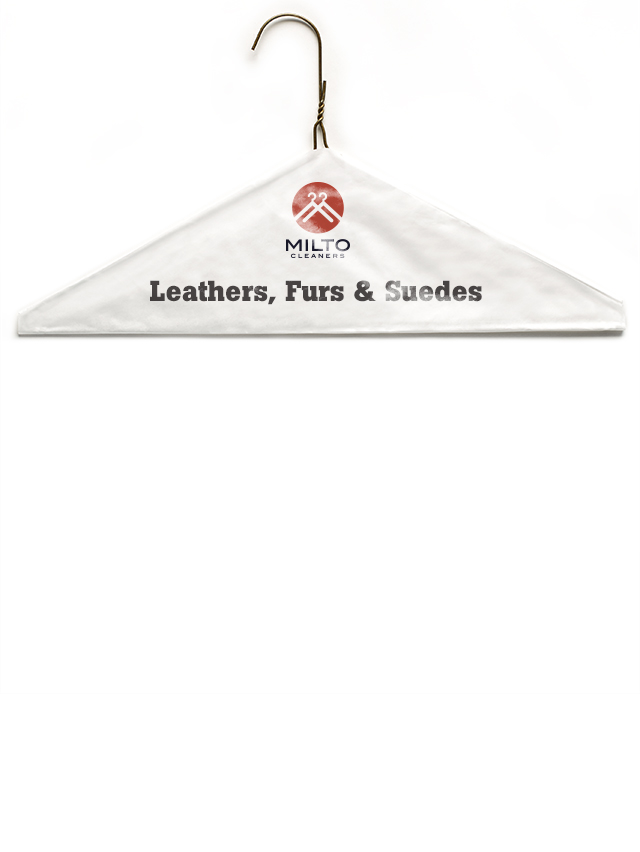We’d love to tell you all about our animal hide cleaning process, but we can’t. At least, not until we inspect your item. You see, every piece of animal hide is unique—so are its cleaning needs.
Before we clean your item, we’ll take the time to study its grain, patterns, and patina. Then (and only then) we’ll choose the best method for processing your garment.
Once we’ve determined the best approach, we use specialized cleaning detergents and conditioners to gently remove dirt and soil while leaving the material soft and supple. Where applicable, we’ll also restore the garment’s natural appearance by replenishing the tanning oils and dye that is lost through age and use.
When it comes to leathers, furs, and suedes, our process isn’t the fastest. But it’s the best. And that’s what matters. For these items, one-day service typically isn’t available.
Request a PickupFind the Nearest Location
How long will it take to clean my leather jacket?
Our goal is to have all garments processed in 14 days. Items requiring repair may take longer.
Will ink come out of leather?
Unfortunately, no. The degree of success depends greatly on the type of leather. We can sometimes disguise the area with specially formulated dyes.
The shoulders and sleeves of my jacket are turning a lighter color. What can be done?
Sounds like you have a garment with a naked finish. You are describing oxidation. Exposure to light and atmospheric gases can cause leather dyes to oxidize. Check protected areas under the collar to verify this. This can be even more noticeable after cleaning. However, finishes can be applied to disguise these areas, but the texture can change with this approach.
What’s the best way to store my leather coat?
It would be best to store it in a climate-controlled vault just like a fur. This is not always possible. Store in a cool, well-ventilated area. Never store a leather garment in a plastic bag. If your leather does develop mildew, in most cases this can be professionally cleaned to remove the damage (depends on the severity).
I have a large tear in my jacket, can it be repaired?
Yes, and there are options. The tear could be simply sewn to prevent more damage. A scar will be visible. Same would be true if a patch was used. While more costly, a panel replacement is the best option. Every effort is made to match skin color and texture.
My jacket gets water spots when it rains. Can I prevent this?
First of all, wet garments should be allowed to dry naturally. Never subject your garment to heat (hair dryer, clothes dryer, etc.). After drying, use a very soft brush or high density sponge to raise the nap. You could also apply a water and stain protector. Always follow the instructions carefully. After cleaning, a professional leather cleaner can also apply this protection upon request.